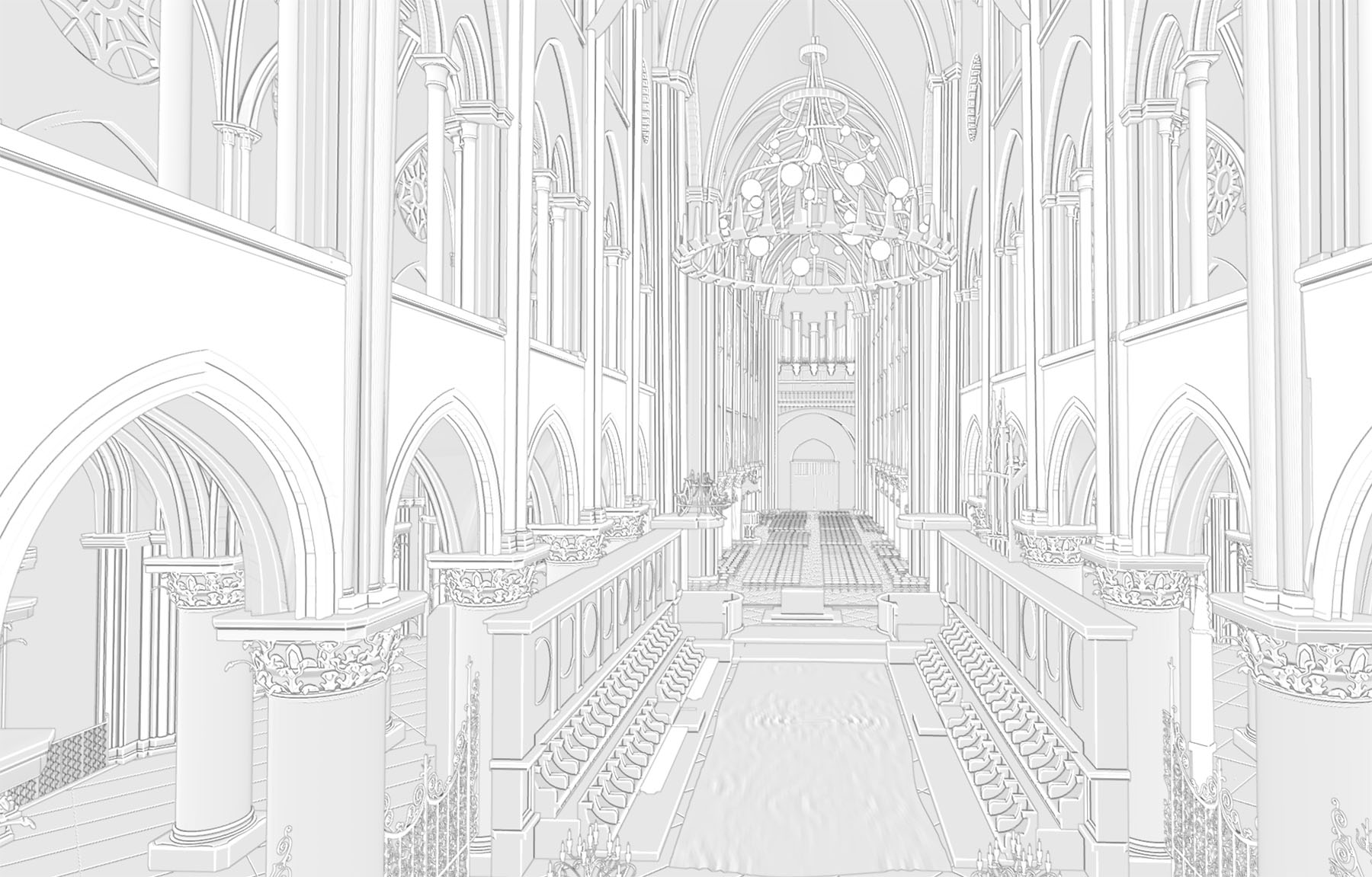Great architectural achievements like Gothic cathedrals and ancient amphitheatres are often admired for their physical appearance, but their acoustic environment is just as important. The “Past Has Ears” and “Past Has Ears at Notre-Dame” projects aim to document, reconstruct, and experience the acoustics of heritage spaces, with a focus on Notre-Dame’s historical evolution. By using numerical simulations and virtual 3D renderings to create historically accurate acoustic reconstructions, we can better understand the importance of the acoustic environment in musical, social, architectural, environmental, and religious history.
However, we are interested in more than just science. Our team is also passionate about creating an immersive experience that transports visitors back in time. Using a procedure that we have tested objectively and through listening studies, we can create auralizations that allow people to experience the acoustics of Notre-Dame as they were in the past.
This approach adds a whole new dimension to studying history and architecture. By understanding the acoustic environment of these spaces, we gain a deeper appreciation for the artistry and ingenuity of the people who designed, built, and used them. Furthermore, by experiencing the acoustics first-hand, we can connect with the past in a truly unique and unforgettable way.
B. F. G. Katz, D. Murphy, and A. Farina, “PHE : The Past Has Ears project overview,” in Symp The Acoustics of Ancient Theatres, (Verona), pp. 1–4, 2022, (url).
B. N. Postma and B. F. G. Katz, “Perceptive and objective evaluation of calibrated room acoustic simulation auralizations,” J Acoust Soc Am, vol. 140, pp. 4326–4337, Dec. 2016, doi:10.1121/1.4971422
B. N. Postma and B. F. G. Katz, “Creation and calibration method of virtual acoustic models for historic auralizations,” Virtual Reality, vol. 19, no. SI: Spatial Sound, pp. 161–180, 2015, doi:10.1007/s10055-015-0275-3.
